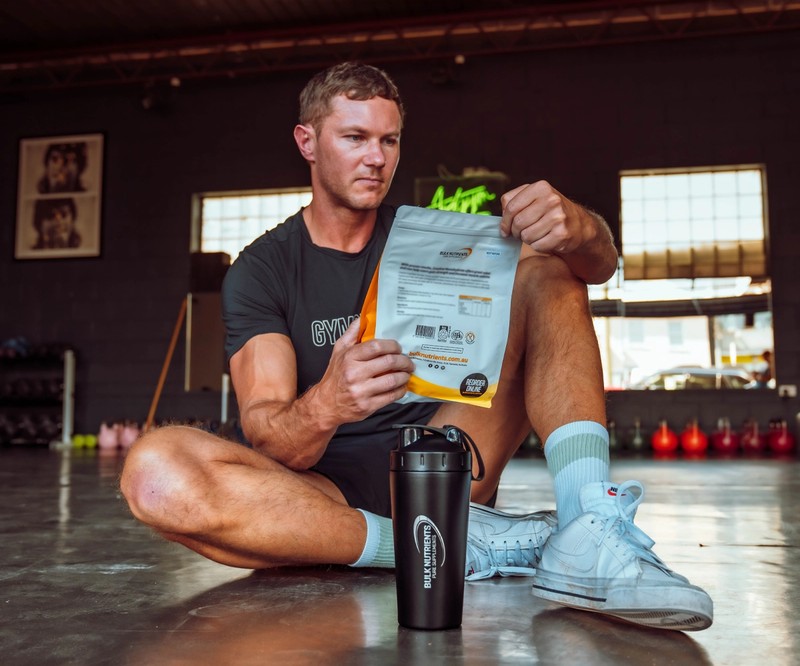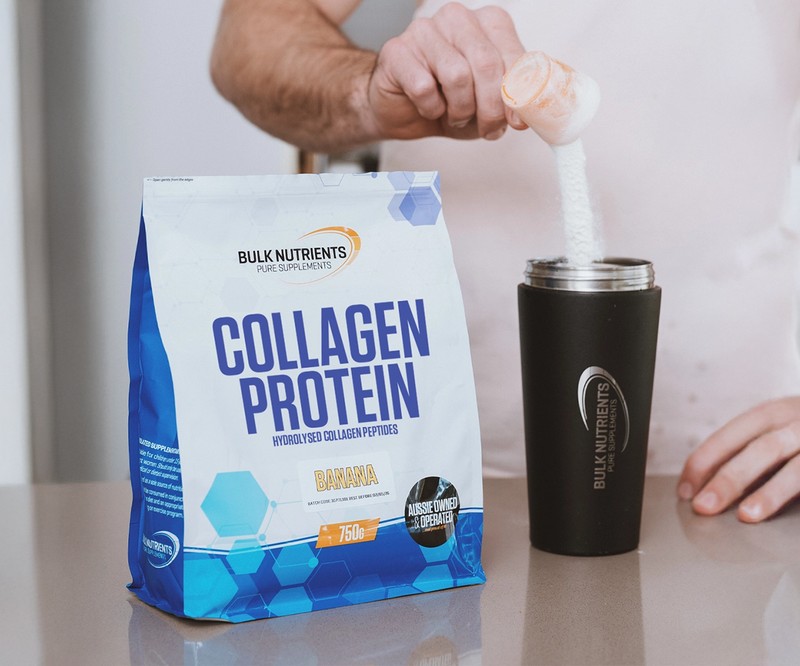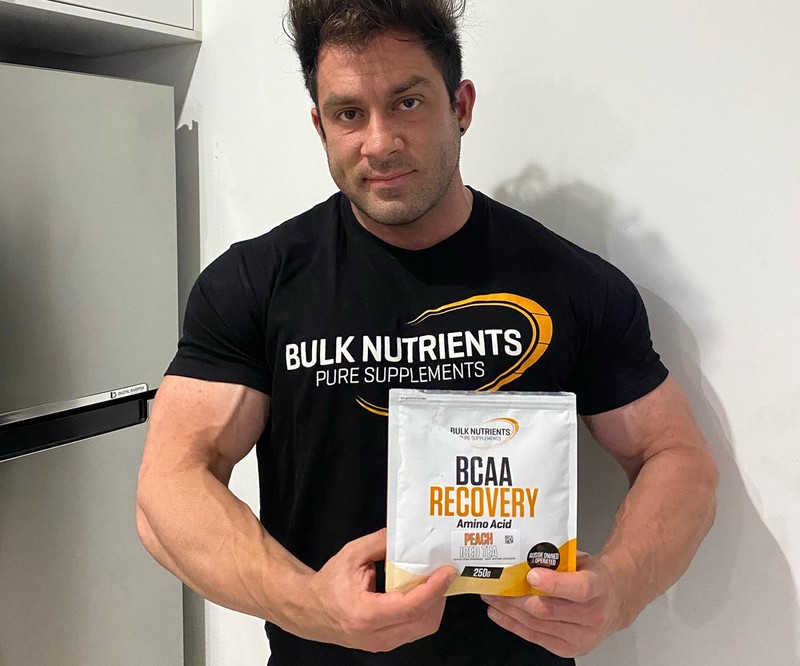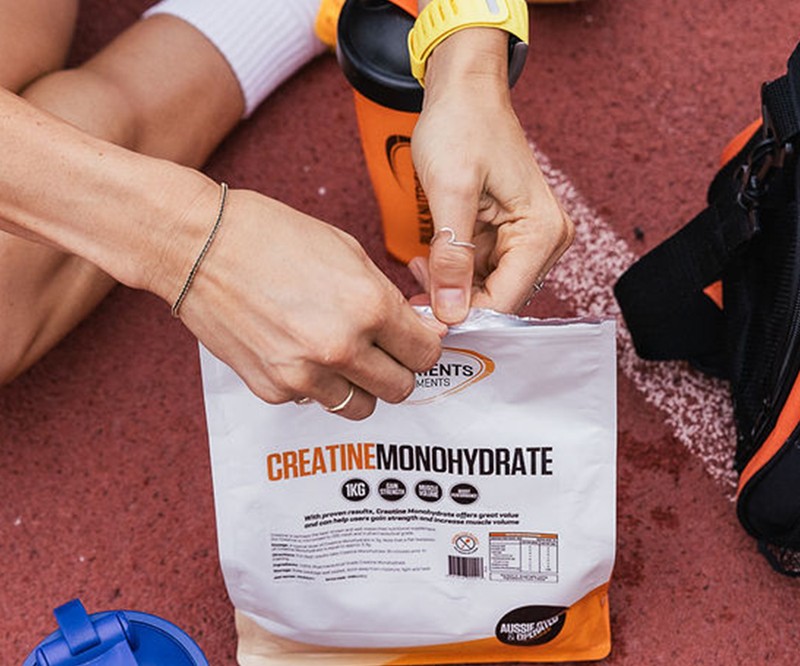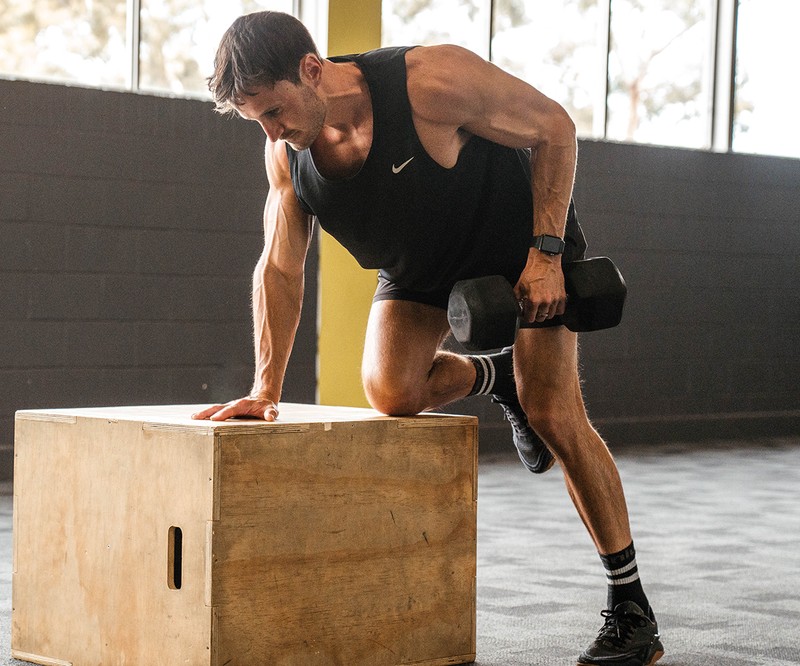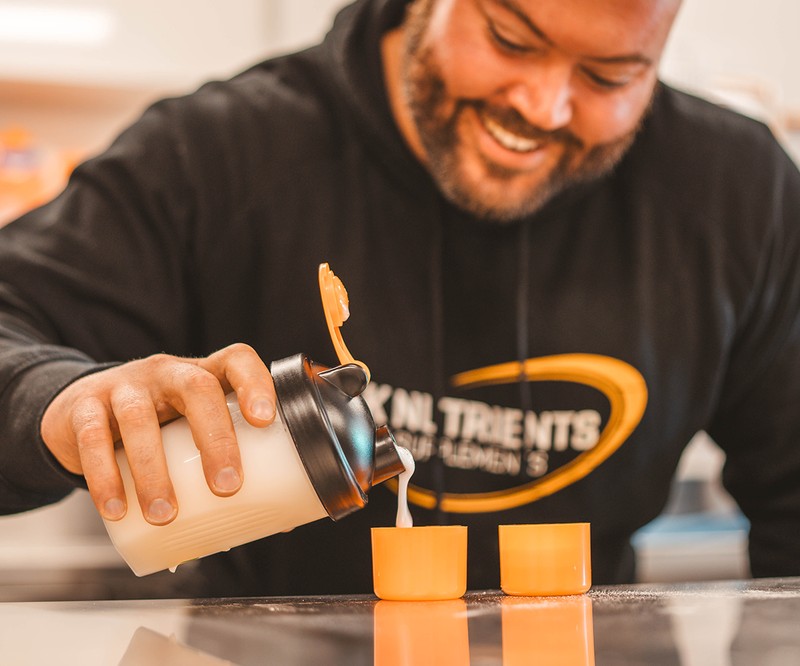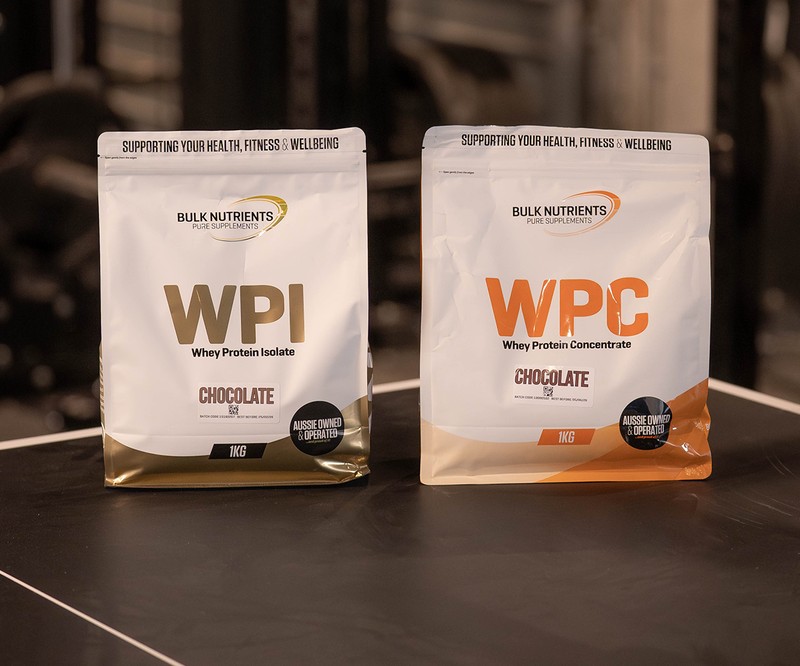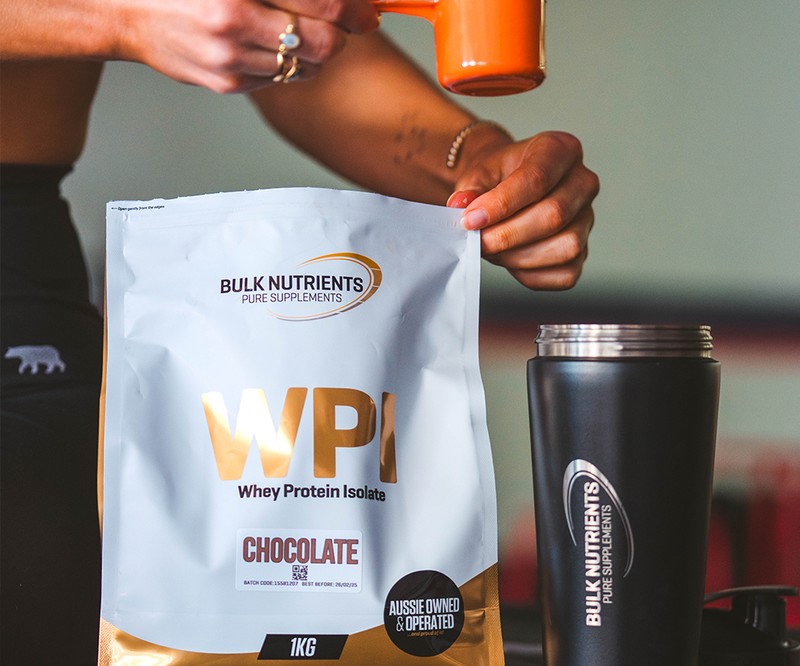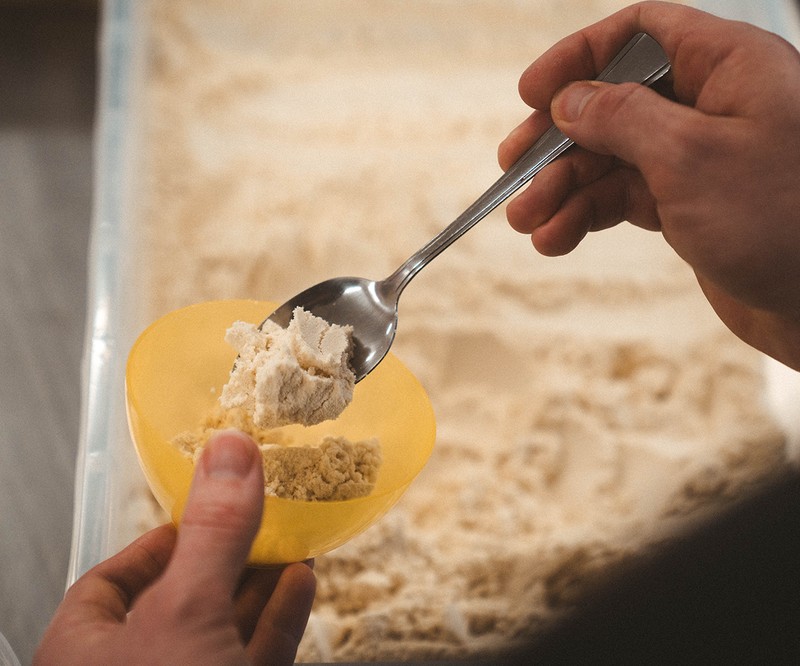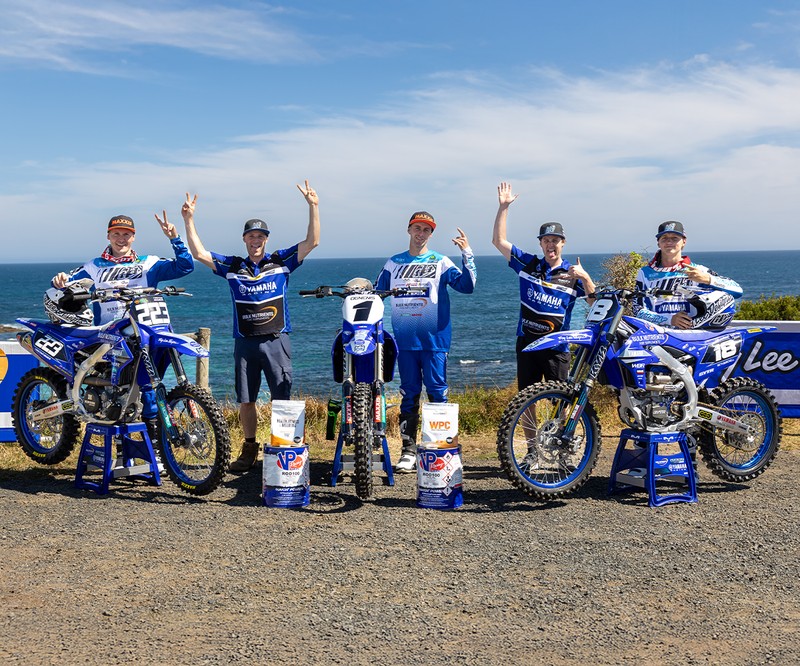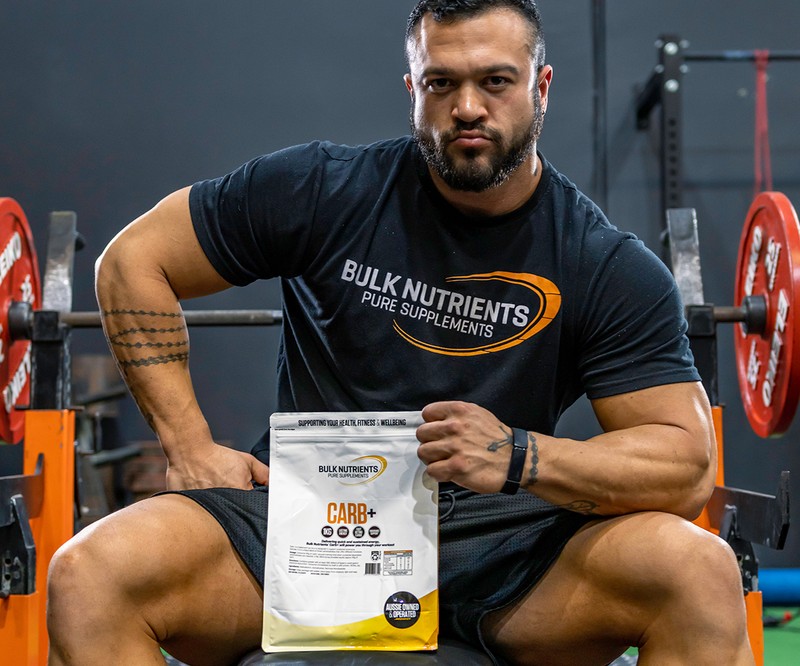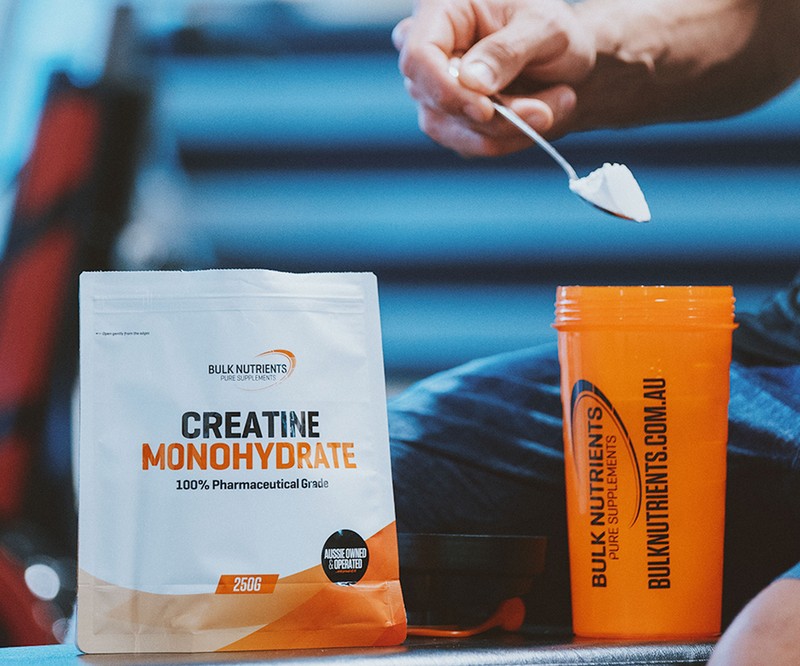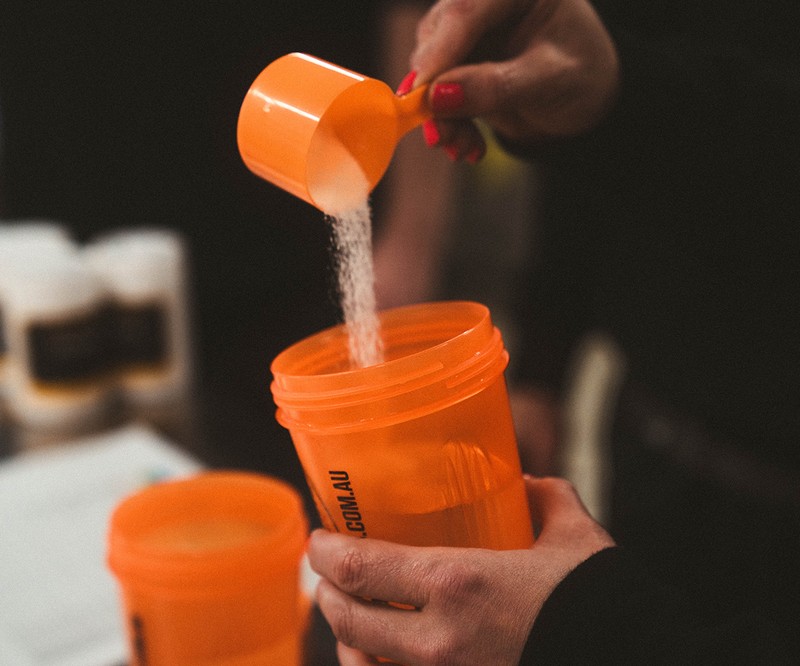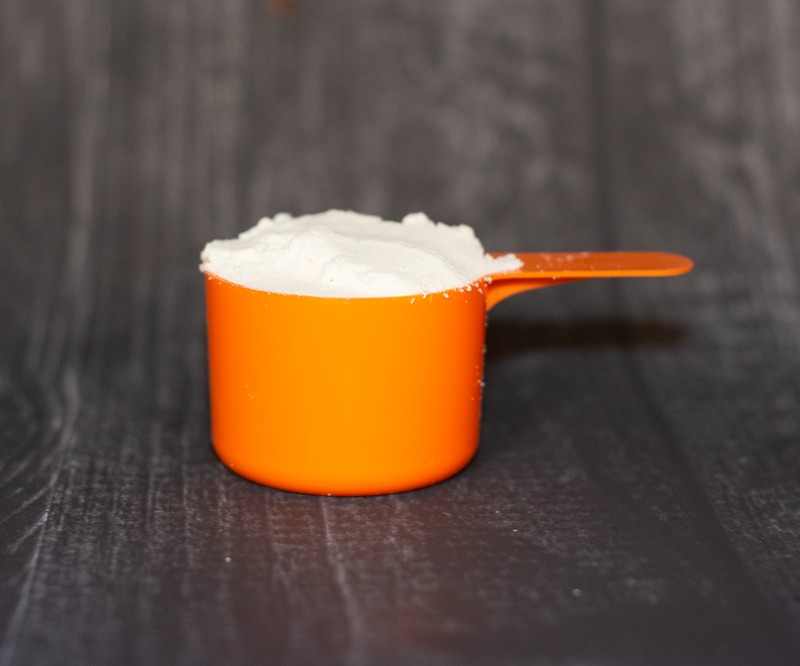Training to Failure: Is It Helping Or Hurting Your Progress?

What Is Training to Failure?
Training to failure means pushing a set until you physically can’t complete another rep with proper form. It’s a popular technique in strength training, but not all failure is created equal.
Technical Failure
This happens when your form breaks down—even if you could grind out another rep. For example, your back rounding in a deadlift or your knees caving in on a squat. Stopping at technical failure is often safer because pushing past it increases the risk of injury.
Muscular Failure
This is the point where your muscles simply give out, and you can’t complete another rep even with good form. While reaching muscular failure can create a strong growth stimulus, it’s also very fatiguing and can slow recovery if overused.

The Benefits of Training to Failure
Going to failure can be a powerful tool when used wisely. It taxes your muscles and sharpens your focus and mental grit.
Maximising Muscle Recruitment
As you approach failure, your body is forced to call in more motor units (muscle fibres) to keep moving the weight. This broader recruitment plays an important role in muscle growth and strength gains.
Enhancing the Mind-Muscle Connection
When you’re grinding through those last reps, you’re laser-focused on form and contraction. This level of concentration can improve your ability to consciously recruit muscles, boosting both performance and long-term gains.
Building Mental Toughness
Training to failure also tests your mindset. Learning to push through discomfort develops resilience—something that can pay off not just in the gym, but in other areas of life too.
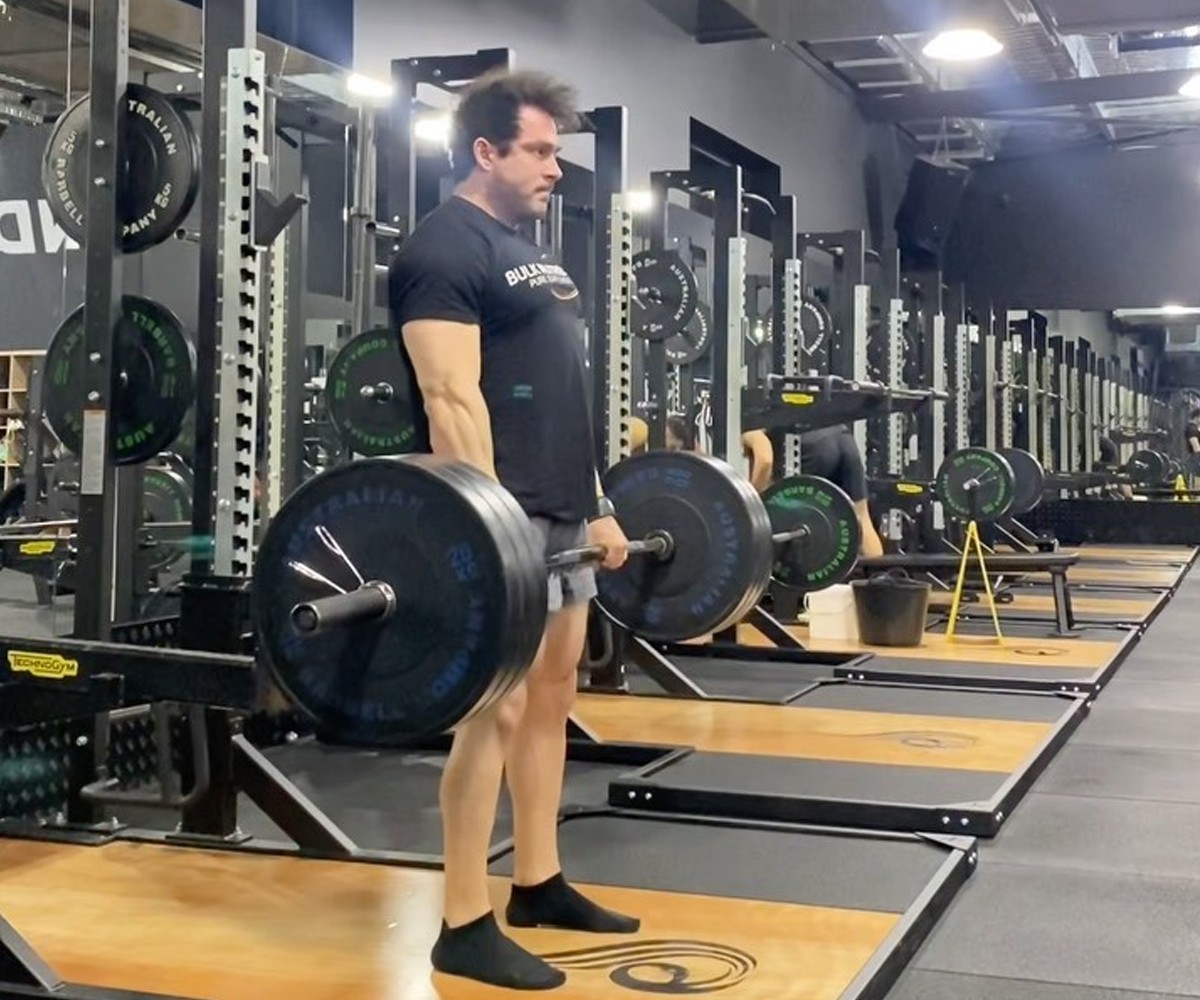
The Downsides of Training to Failure
As intense as training to failure can be, it’s not without its drawbacks. Overusing this technique may do more harm than good if you’re not careful.
Increased Injury Risk
When fatigue sets in, form is often the first thing to go. That’s when the risk of strains, sprains, or even more serious injuries climbs. Failure training can be effective, but only if technique stays rock solid.
Overtraining and Fatigue
Consistently taking every set to failure can be exhausting for your muscles and nervous system. Over time, this can contribute to overtraining syndrome—marked by fatigue, performance dips, and slower recovery.
Stress and Hormonal Impact
Failure training ramps up physical stress, and research shows it can elevate cortisol levels. In small doses, that’s fine, but chronically high cortisol may interfere with muscle growth and recovery.

When Training to Failure Helps
Failure training isn’t something to use every session—but in the right situations, it can be a powerful tool.
Advanced Lifters
Those with plenty of experience under the bar may benefit most. With a strong foundation of form and recovery habits, advanced lifters can strategically use failure training to push past sticking points. The key is moderation—it’s a tool, not the entire toolbox.
Plateau Breaking
If progress has stalled, sprinkling in a few sets to failure can provide a new stimulus that reignites growth. This is especially useful for stubborn muscle groups that aren’t responding to your usual training volume or intensity.
Time-Efficient Training
On days when you’re short on time, training to failure can help you maximise effort in fewer sets. Just keep in mind that this efficiency comes with a recovery cost, so it’s best saved for occasional use rather than every workout.
When It Hurts Progress
Training to failure isn’t always the best choice—especially if you’re just starting out or still building consistency.
Recovery Demands
Pushing every set to failure increases recovery time, which can make it harder to train frequently. For those who are still adapting to resistance training, this can stall progress rather than speed it up.
Beginners Beware
New lifters benefit far more from mastering form, building a base of strength, and creating sustainable habits. Going to failure too early not only raises the risk of injury but can also be discouraging when fatigue sets in quickly.
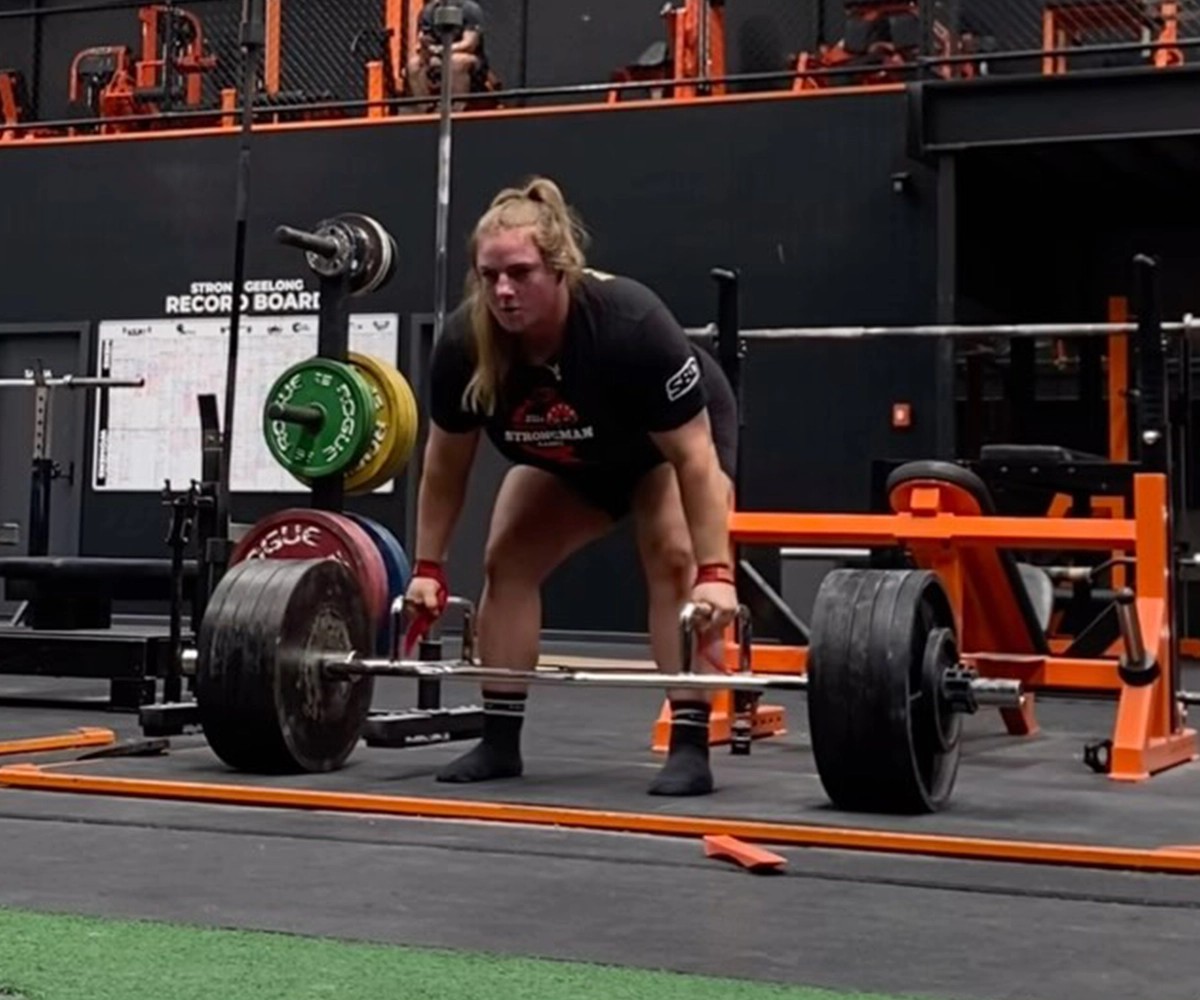
Smart Alternatives to Failure Training
You don’t have to hit failure to grow. In fact, most muscle and strength gains come from smart, consistent training methods that challenge your muscles without burning you out. Here are two proven approaches:
Progressive Overload
Gradually increase the weight, reps, or sets over time. This steady progression ensures your muscles keep adapting and growing without the excessive fatigue that failure training can bring.
Reps in Reserve (RIR)
Stop a set one or two reps shy of failure. Known as “reps in reserve,” this strategy helps you train with intensity while protecting form and reducing injury risk. Over time, it also allows you to train more frequently since recovery demands are lower.
Periodisation and Deloads
Mix up your training phases with planned variations in intensity and volume. Adding lighter “deload weeks” every 4–6 weeks gives your muscles and nervous system time to recover, helping you come back stronger without overtraining.

How to Use It Wisely
Training to failure can be a powerful tool, but only when used with care. If you’re thinking of adding it to your routine, keep these guidelines in mind:
Limit Frequency
Use failure training sparingly—just a few sets per week on key lifts is plenty. Save it for exercises where the risk of injury is lower, like machines or isolation moves.
Prioritise Form
The moment your technique starts to slip, it’s time to rack the weight. Chasing reps with poor form is a fast track to injury.
Monitor Recovery
Pay attention to how your body responds. Extended soreness, constant fatigue, or drops in performance are red flags that you’re overdoing it. Nutrition, sleep, and rest days are your recovery pillars.
Finding the Sweet Spot
Failure training isn’t a magic bullet. For beginners, strategies like progressive overload and reps in reserve offer safer, more sustainable gains. For experienced lifters, using failure strategically can help smash through plateaus. The key is balance: push hard, but don’t compromise form or recovery. Train smart, listen to your body, and you’ll see better results in the long run.

Nick is Bulk's Customer Service team's Technical Support Officer.
Which is our way of saying he's the guy whose job it is to answer your obscenely technical supplement questions.
More about Nick TelescaReferences:
- Bermejo JL, Valldecabres R, Villarrasa-Sapiña I, Monfort-Torres G, Marco-Ahulló A, Ribeiro Do Couto B. Increased cortisol levels caused by acute resistance physical exercise impair memory and learning ability. PeerJ. 2022 Mar 23;10:e13000. doi: 10.7717/peerj.13000. PMID: 35345590; PMCID: PMC8957269. https://pmc.ncbi.nlm.nih.gov/articles/PMC8957269/
Related Blogs

What are the Best Supplements for Muscle Growth?
Posted by Nick Telesca
Estimated reading time: 10 minutes

The Three Principles of Muscle Growth
Posted by Bulk Nutrients
Estimated reading time: 10 minutes

What's the minimum training to maintain muscle mass?
Posted by Bulk Nutrients
Estimated reading time: 4 minutes
